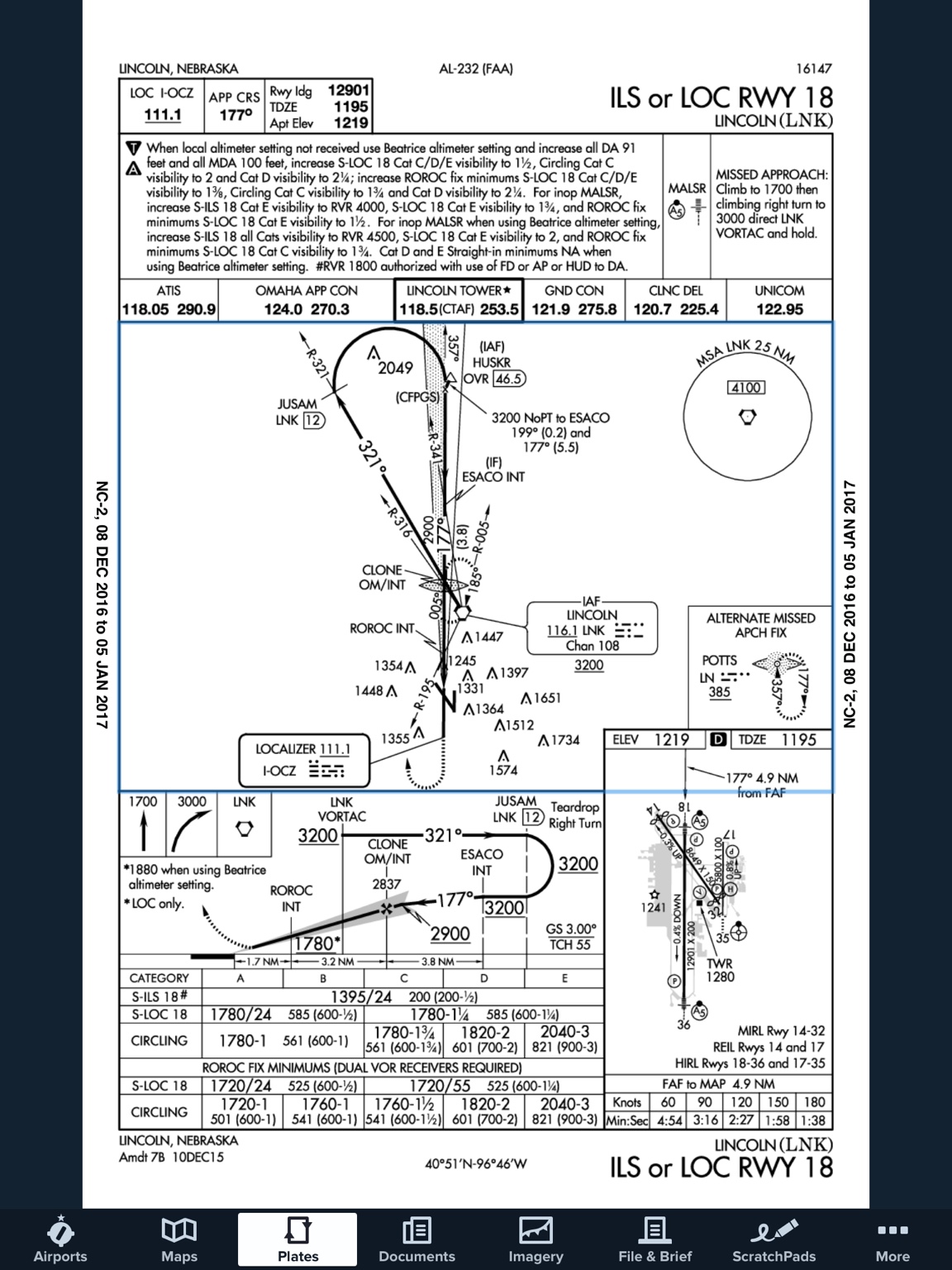Interesting discussion.
I recall poring over IFR Low charts with my instructor, trying to figure out how to get onto an airway on departure, and how to get to an IAF (Initial Approach Fix) when arriving. Not always obvious, and sometimes, it involves some pretty significant deviations from your preferred direction of travel.
Too, I am spoiled (complacent?) living in a Class Bravo area. Every instrument clearance starts with, "Radar Vectors to to the Joe Pool Departure...". Every arrival (no matter how filed) is radar vectors to the final approach course.
From time to time, I fly to a place where I need an approach and the approach will be completely below radar coverage so, assuming I am not played in a hold pending departures or arrivals ahead of me in the same airspace, I am cleared for the approach and at that point, I am on my own, to fly to the VOR, turn outbound, procedure turn, inbound, pass the VOR, descend per the chart (still using the GPS in place of the DME)... all that.
No question, GPS has changed the game, for the better.
But that's what they said when VORs came online. Imagine having to fly based solely upon the scratchy noise of an A-N Range for guidance!
I recall poring over IFR Low charts with my instructor, trying to figure out how to get onto an airway on departure, and how to get to an IAF (Initial Approach Fix) when arriving. Not always obvious, and sometimes, it involves some pretty significant deviations from your preferred direction of travel.
Too, I am spoiled (complacent?) living in a Class Bravo area. Every instrument clearance starts with, "Radar Vectors to to the Joe Pool Departure...". Every arrival (no matter how filed) is radar vectors to the final approach course.
From time to time, I fly to a place where I need an approach and the approach will be completely below radar coverage so, assuming I am not played in a hold pending departures or arrivals ahead of me in the same airspace, I am cleared for the approach and at that point, I am on my own, to fly to the VOR, turn outbound, procedure turn, inbound, pass the VOR, descend per the chart (still using the GPS in place of the DME)... all that.
No question, GPS has changed the game, for the better.
But that's what they said when VORs came online. Imagine having to fly based solely upon the scratchy noise of an A-N Range for guidance!

